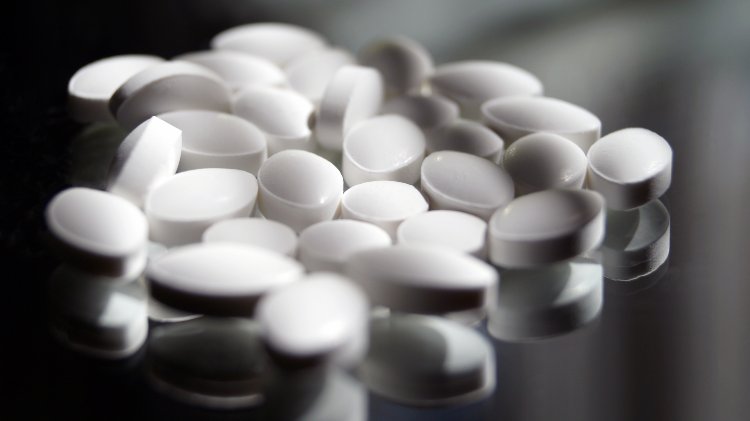Baclofen is the generic name for a class of medications known as skeletal muscle relaxants. This prescription drug is used to treat pain and certain types of muscle stiffness and tightness that result from multiple sclerosis, spinal cord injuries, or other spinal cord conditions. Baclofen acts on the nerves of the spinal cord to reduce the severity and number of muscle spasms, relieve pain and improve muscle function. Everlast Recovery Centers will discuss the addiction issues of this drug and discuss treatment options and therapy solutions.
How is Baclofen Used?
The medication can be administered as a pill, topical cream, or injected directly into the cerebral spinal fluid by way of a pump implanted beneath the skin. When used exactly as prescribed by a physician, it is safe and effective and has a fairly low abuse potential, according to the U.S. National Library of Medicine.1 Brand names for baclofen include Gablofen and Lioresal.
Baclofen increases the activity of the brain chemicals GABA-B and GBH, which are associated with feelings of calm and wellbeing. At higher doses, it has been shown in some studies to be effective for treating alcohol, tobacco, and other addictions, according to the Indian Journal of Psychological Medicine.2 However, at high doses, the drug can produce feelings of euphoria, which increases its potential for abuse.
Baclofen remains an unscheduled drug under the Controlled Substances Act, although some medical experts believe the federal government should further examine the possibility of restricting access to curb abuse.
Effects of Baclofen
Side effects include sedation, weakness, dizziness, nausea, headache, shortness of breath, irregular heartbeat, and chest pain. Large doses of the drug can cause:
- Shallow breathing
- Confusion
- Hallucinations
- Seizures
Overdose is most common when the drug is used recreationally. Signs of overdose include muscle weakness, hypothermia, and a dangerously slow heart rate.
Abuse in the U.S.
Between 2013 and 2017, baclofen abuse increased by 31.7 percent, according to an article published in the journal Clinical Toxicology.3 Intentional suicide attempts involving baclofen increased 43 percent during that time period, and 2,366 individuals were admitted to critical care after abusing it. Eighteen baclofen-related deaths were reported between 2013 and 2017.
Although baclofen abuse is far less prevalent than that of other pharmaceutical drugs, including opioids and benzodiazepines, it’s often abused along with these and other drugs, including alcohol. Using it with other substances increases its toxicity and the risk of overdose.
Addiction and Dependence
Addiction is marked by compulsive drug abuse despite the negative consequences it causes. People with a substance use disorder will find that they struggle to stop abusing substances, even though they may want to or try. Dependence is different from addiction. It’s a physical reliance on a drug and is characterized by withdrawal symptoms that occur when use suddenly stops.
While baclofen isn’t particularly addictive when taken as prescribed, any drug that produces a high can become addictive when abused. It does produce tolerance, which is a sign of developing dependence. Tolerance occurs when the brain alters its neurotransmitter activity in an attempt to normalize brain function with the presence of the extra chemicals in the brain. As a result, increasingly larger doses are needed to get the previous effects.
Quitting after dependence has developed can cause a range of withdrawal symptoms, including insomnia, vomiting, agitation, confusion, delusions, hallucinations, seizures, and psychosis. In some cases, baclofen withdrawal can be dangerous or fatal, according to an article in the journal The Neurohospitalist.4
Treating Baclofen Addiction and Dependence
Baclofen addiction and dependence require professional treatment. Detox is the first step of treatment and involves allowing traces of the drug to leave the body for brain function to return to normal. This usually involves tapering off doses over a period of time to reduce withdrawal symptoms and their severity.
Once detox is complete, a high-quality treatment program helps address the underlying causes of addiction. A variety of therapies help to develop the skills needed to cope with cravings, stress and other relapse triggers. Treatment also helps repair the damage to their lives, find purpose and meaning in sobriety and learn to relax and have a good time without drugs.
If you or someone you love abuses baclofen or struggles with its use, treatment can help end the addiction for the long-term and improve quality of life. Addiction is a treatable disease, and treatment works for most people who fully engage with their recovery plan.





